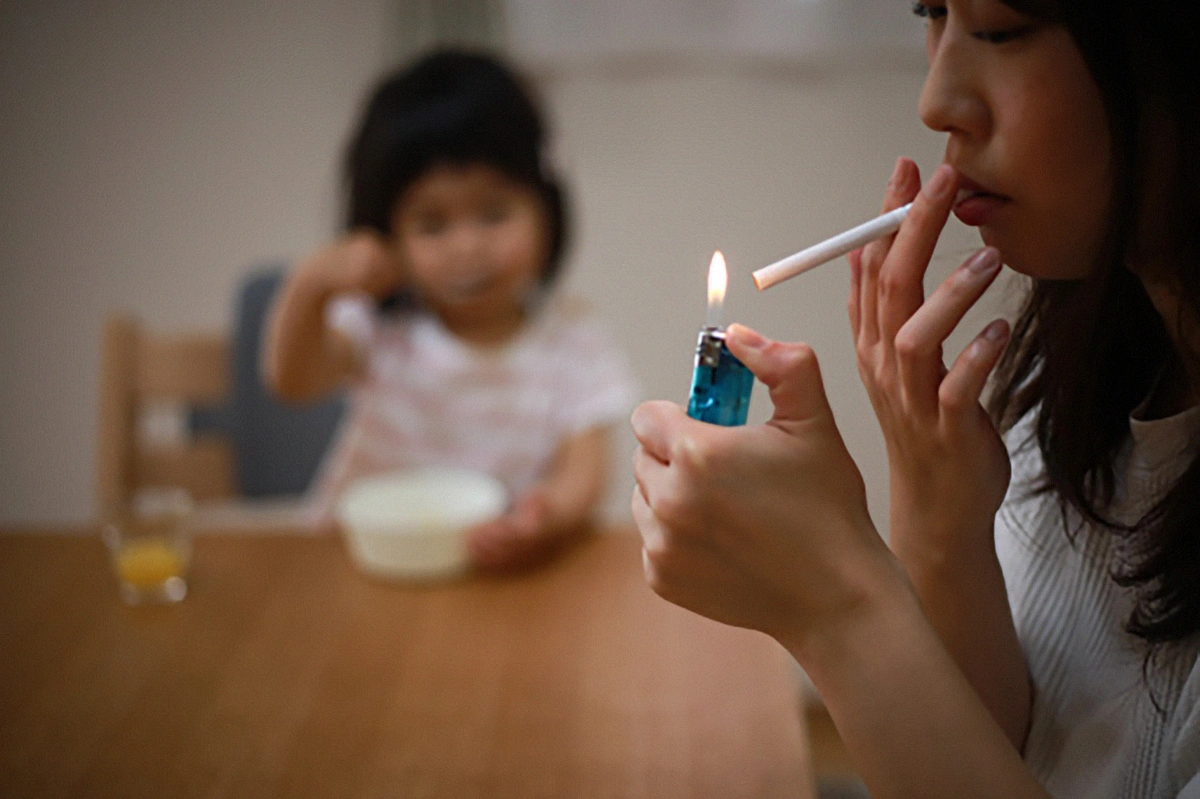
How do we ensure clean air or Air Security as a human right?
You have roughly one in two chances of inhaling air that exceeds World Health Organization standards for air pollution if

One of the finest things one can do for one’s health is quit smoking because it damages almost
all organs, including the heart. Smoking and passive smoking account for over one-third of heart disease mortality.
To make the switch from conventional cigarettes to quitting smoking altogether easier, you might be tempted to use electronic cigarettes. However, compared to using tobacco products, are e-cigarettes and vaping healthier for you and the
environment?
The latest trends in science and technology have brought perceptible rise in the usage of electronic cigarettes and further novel tobacco products that are “smokeless” as alternatives for conventional tobacco cigarettes and lifestyle goods. However, according to several studies, using e-cigarettes releases unfavourable chemicals that may impact indoor air quality or “IAQ”.
Instead of tobacco leaves, they use cartridges that are filled with flavouring liquid. The user will turn on their vape to heat the liquid in the cartridge rather than igniting a rolled-up cigarette to smoke. So instead of smoke, a vapour will result from that.
Unfortunately, these solutions also often contain nicotine, the same addictive substance used in conventional cigarettes.
Although the consequences of vaping on population health are still largely unknown, there is growing evidence of their health impacts from in vitro and in vivo investigations, raising important questions about their safety.
Health professionals have criticised cigarettes for various reasons, most notably the dangerous second-hand smoke they produce. Because vapour replaces smoke in vapes, there is no second-hand smoke. However, in contrast to popular opinion, this “vapour” is not just completely harmless water vapour.
Medically speaking, when vaping, the visible clouds of vapour are made of glycerol and propylene glycol. These supersaturated chemicals in the pulmonary air result in the formation of fine and ultrafine liquid particles with size distributions and number concentrations that are comparable to those of tobacco smoke. When vapes are used, the concentrations of fine suspended particulate matter or “PM2.5” and ultrafine particulate matter or “UFP” in indoor air rise. This is because the ultrafine particles reach the lungs’ alveoli easily.
Some professionals might conclude that the FDA has allowed the use of propylene glycol in certain goods. However, it disapproved of the compound’s vaporisation. Despite being safe for oral consumption and permitted as food additives, there is no long-term research on the potential health implications of inhaling propylene glycol or glycerol. Some research indicates that heating this compound causes its chemical composition to change and results in the formation of propylene oxide, which is carcinogenic. Studies have shown that individuals in the entertainment business exposed to propylene glycol-containing aerosols, such as theatrical mist, are more likely to experience respiratory irritations and impaired lung function
than those not exposed to it.
The simple truth is that vaping affects indoor air quality and air security. The type and extent of passive vaping are better-understood, thanks to mounting research. However, vapes can still substantially cause indoor pollution, even if second-hand and third-hand exposures are less than those linked to traditional smoking. In addition, your air ducts may eventually be at risk if you vape or permit others to vape in your home, affecting your air quality. Vaping indoors does not stain walls as dramatically as smoking, but the residue can still build up over time, leaving stains on walls.
There is evidence that confirms that e-cigarettes degrade indoor air quality and that bystanders are at risk of second-hand exposure.
Contrary to what manufacturers would have you think, vaping is not risk-free, and you should take all reasonable precautions to reduce your exposure. Additionally, vaping should be subject to the same smoke-free policies that have been proven to safeguard against traditional cigarette smoking. Finally, indoor air pollution due to vaping could be reduced by enhancing ventilation and air filtration, thus improving air quality for a healthier tomorrow. Appropriate ventilation and clean air ducts are essential to ensure the highest air quality in your home or business.
Do not let the air you breathe be a cause of worry for you. Install the most brilliant air security device to enhance your air quality and build a safe environment for you and your loved ones.

You have roughly one in two chances of inhaling air that exceeds World Health Organization standards for air pollution if

It’s funny how often we get confused between Air security and Aviation security, but we fail to realise how both

While both men and women are susceptible to indoor air pollution’s harmful effects, women are more vulnerable to its effects.

As very few people are aware of indoor air pollution, they don’t know how water leaks worsen indoor air quality.

The indoor environment plays an important role in human health. There is a lot of literature describing how indoor air

Tobacco and humans have had a very long association. Archaeologists have found the use of tobacco since 1 BC in